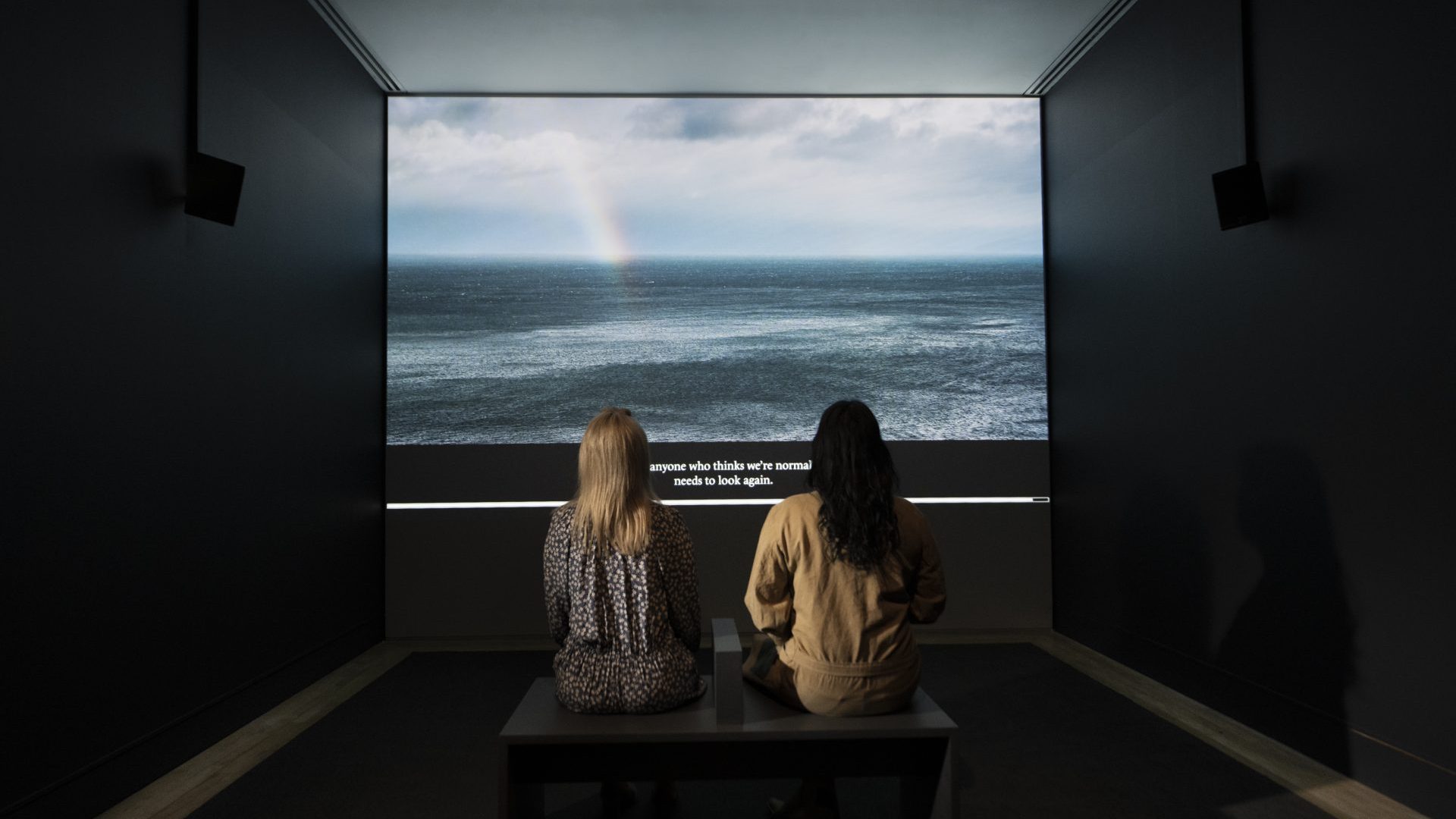How do you tell a story when there’s no agreement on what that story is? That’s an issue the Imperial War Museum has attempted to grapple with as it hosts a new exhibition on the Troubles in Northern Ireland.
Northern Ireland: Living with the Troubles is the London museum’s first detailed examination of what remains the largest deployment of the British Army since the Second World War. More than 250,000 troops moved through the province in 30 years of fighting and yet, perhaps due to its complexity, the conflict remains under-examined, at least in popular history, on this side of the Irish Sea. After all, how can you tackle a period in which every event, depending on the perspective, could be perceived completely differently?
“Very early on I was very keen to make this exhibition about the voices of the people of Northern Ireland,” says Craig Murray, its curator. “Very often we hear it from politicians, political commentators and journalists, but we don’t hear these people apart from in soundbites in interviews. What you will hear is their lived experience, it’s their truth, which they’re allowed to tell without judgement.
“To think that the Imperial War Museum could tell a cleaner narrative, a better narrative, of the Troubles would be naive. There is no single narrative that runs through the Troubles that people will even agree on.”
And that’s how Living with the Troubles walks its visitors through what remains a highly contentious period, with roots going back centuries. 25 years after the signing of the Good Friday Agreement, this is not the story of David Trimble, or John Hume, not even of Gerry Adams or Ian Paisley. It is the story of three decades of conflict as told by republican and loyalist paramilitaries, British soldiers, local police and, most pertinently, ordinary people.
First-hand testimonies from both perspectives are displayed side-by-side, a reminder how – in an age when the urge to speak “my truth” is widely derided – in this most complicated of conflicts, all recollections are subjective and contested.
Only the introductory film – a very brief run-through of 400 years of history – could be seen as objective. In the second room is an account of the night of June 27-28, 1970, when violence erupted near St Matthew’s Church in Belfast, at the junction of the republican Short Strand and the loyalist Newtownards Road. Three people died, two loyalists and one republican. It is described by one IRA man as a “raging gun battle”, while a loyalist adversary says “there was no battle” and that only one side was armed. The exhibition does not adjudicate on that disagreement.
Elsewhere, we come to the heightened violence of the 1970s and 1980s, in a room evocatively soundtracked by the twin sounds of drums and sirens, and the everyday experience of those affected by the Troubles. It also touches on the lives of people who were grappling with other identity issues beyond the sectarian divide. There is a contribution from the gay community and this, from Jayne Olorunda, on moving to different areas of Belfast as a mixed-race family: “You would move in and the first thing, obviously, the immediate thing they saw was this family’s mixed. And then when they actually started speaking to you it was, if you were in a Catholic area, ‘Oh, but you don’t support the IRA’. If you were in a Protestant area it was, ‘yeah, you might hate the IRA but you’re Catholic’. So no matter where you were there was no fit’.”
It is the account of normal people attempting to deal with the abnormality of their lives that makes the exhibition so powerful. A poster displays Tufty, the cartoon squirrel best known in 1970s Britain for teaching children how to cross the road; in Northern Ireland he was deployed to tell them not to pick up strange objects in the street in case they turned out to be a pipe bomb.
The exhibition ends with a beautifully shot film montage, ranging from Northern Ireland’s breathtaking scenery to police stations surrounded by barbed wire, soundtracked by people’s views on the future of the province. Few of those views are optimistic – Northern Ireland, we are reminded, still has unresolved issues a quarter of a century after the signing of the agreement that effectively ended the fighting. It also has the trade and border concerns of Brexit (which its people voted against by 55.8%, despite its enthusiastic backing by the DUP). Pessimism unites both communities.
“One of my motivations in doing this was to increase the understanding of the Troubles here, on this side of the water, because it’s not well understood,” says Murray. This exhibition succeeds in achieving that aim.
Northern Ireland: Living with the Troubles is at IWM until January 7, 2024










